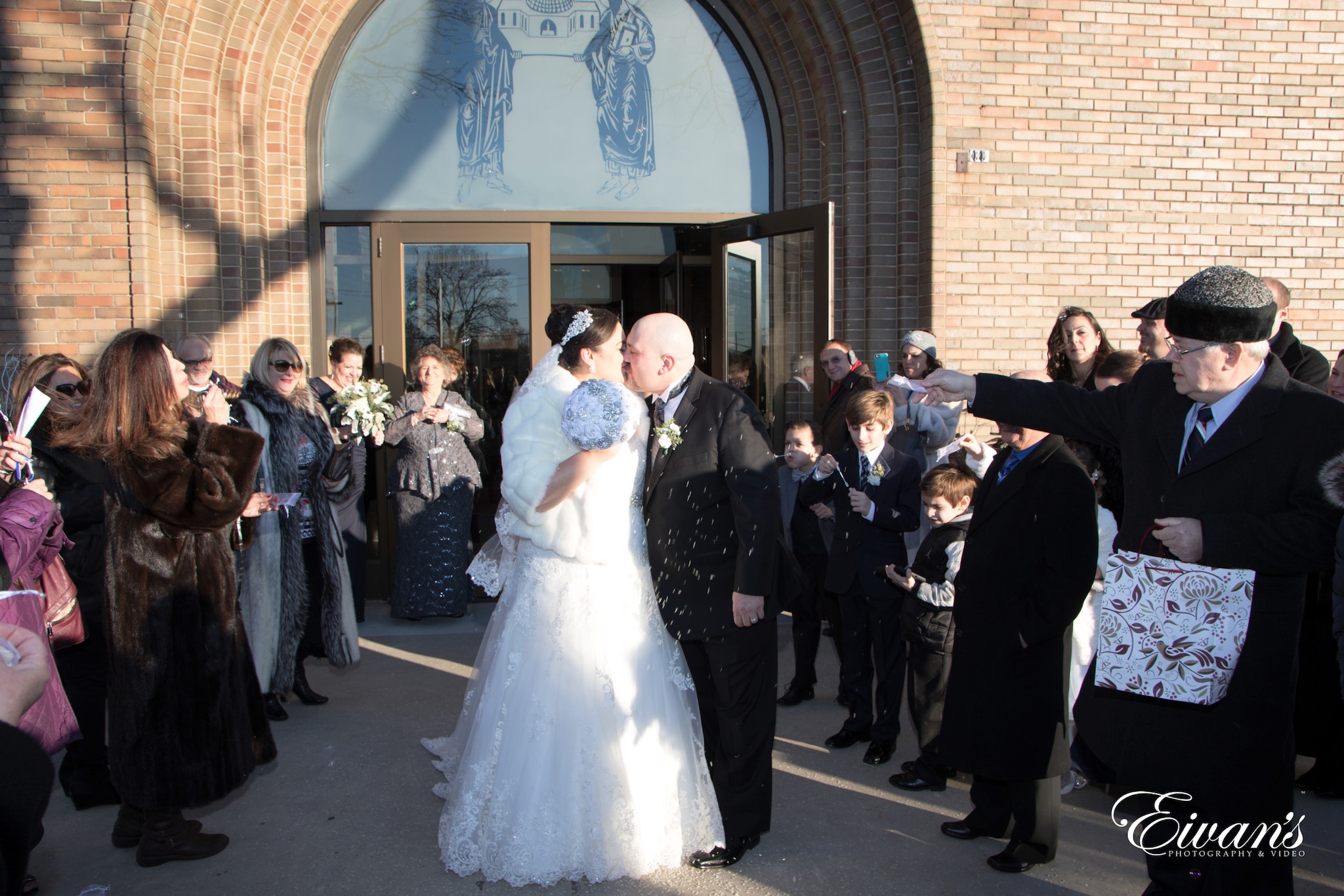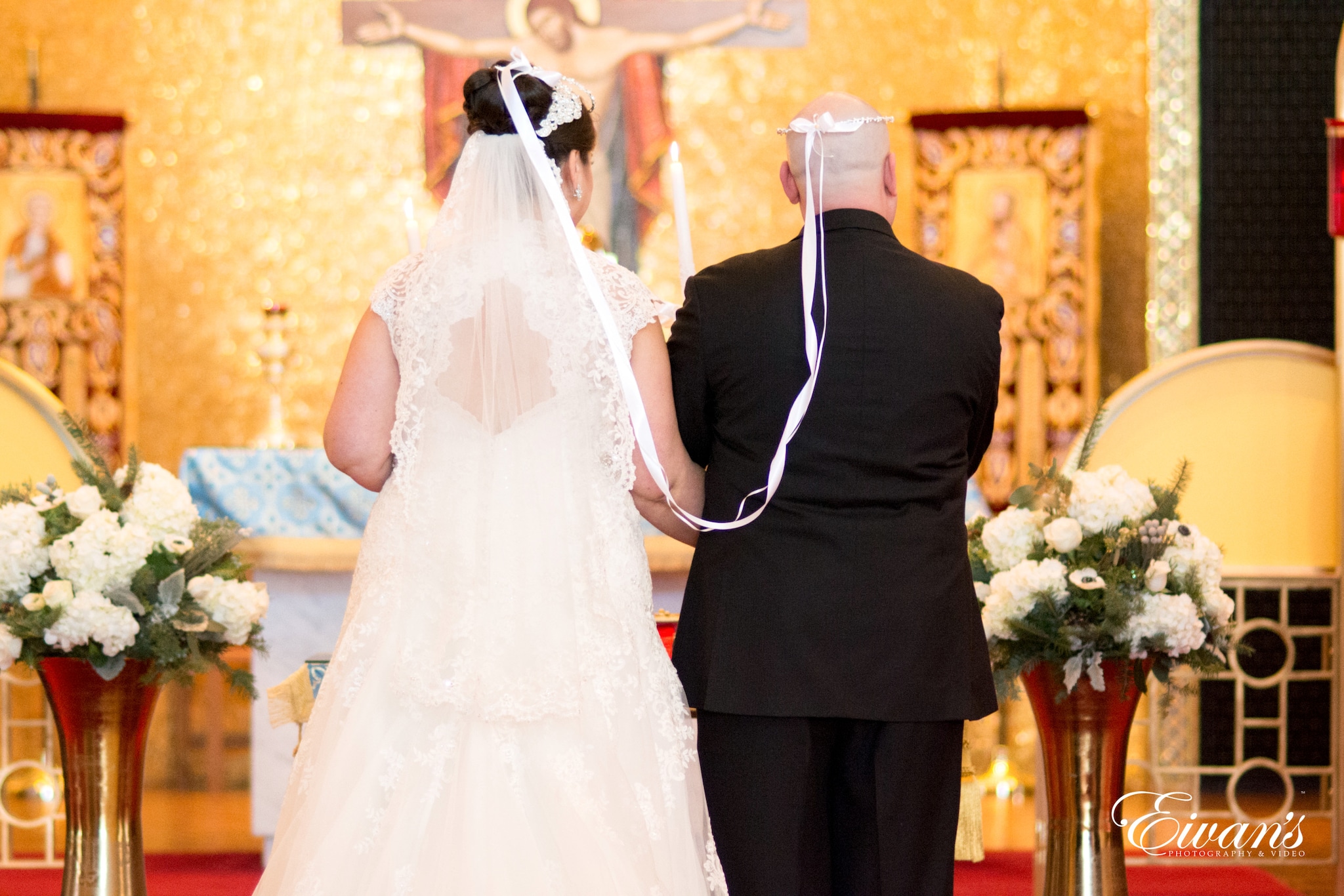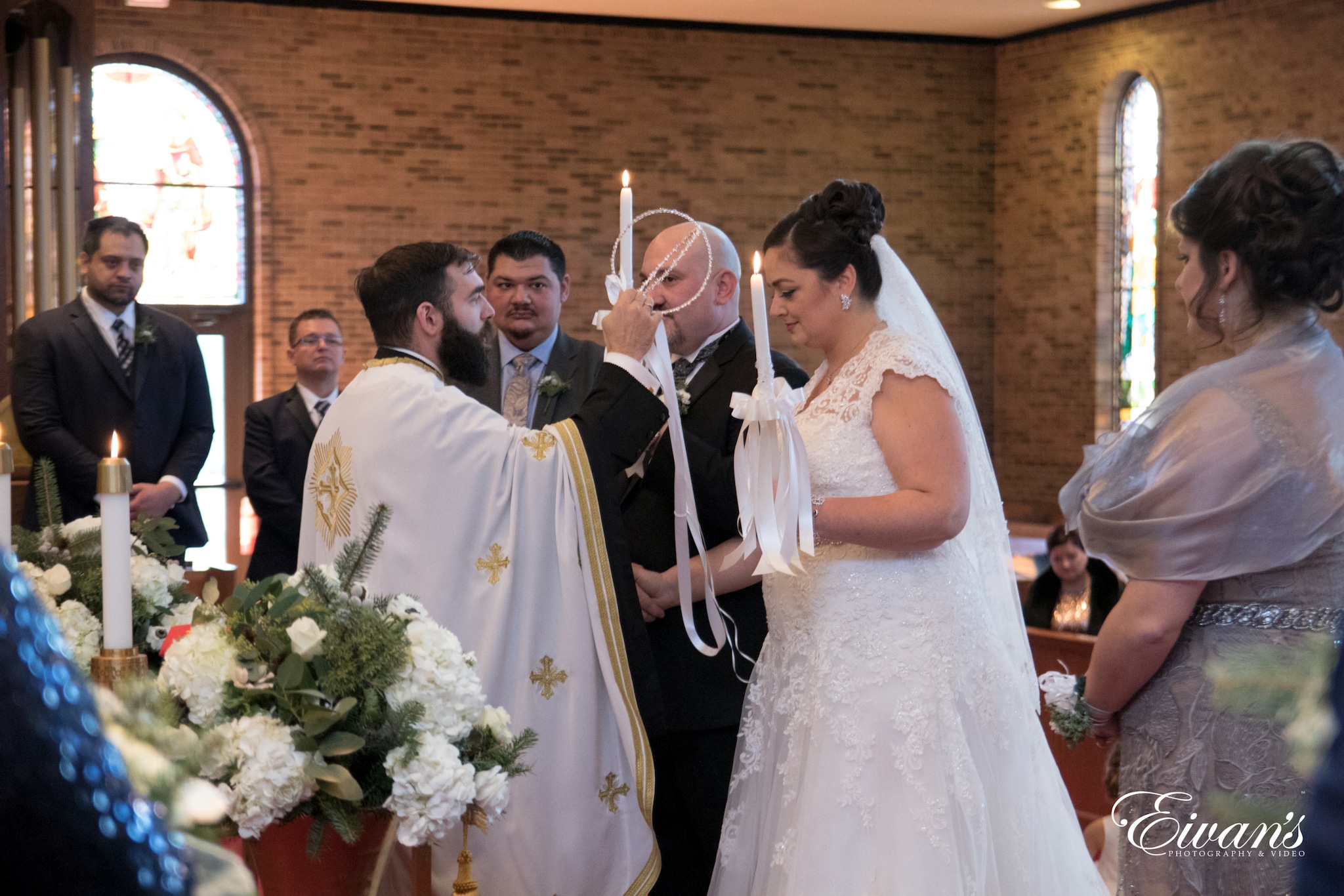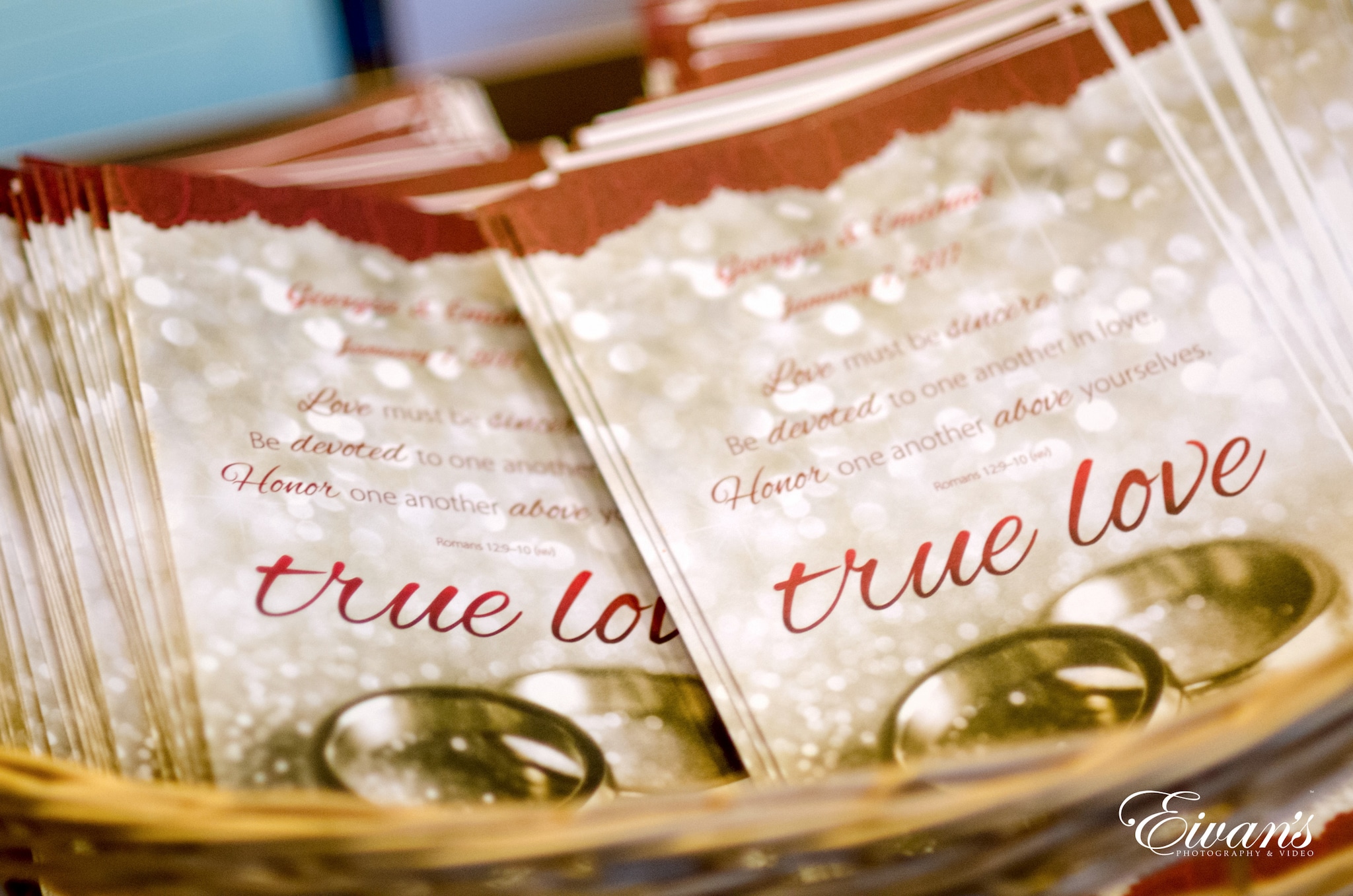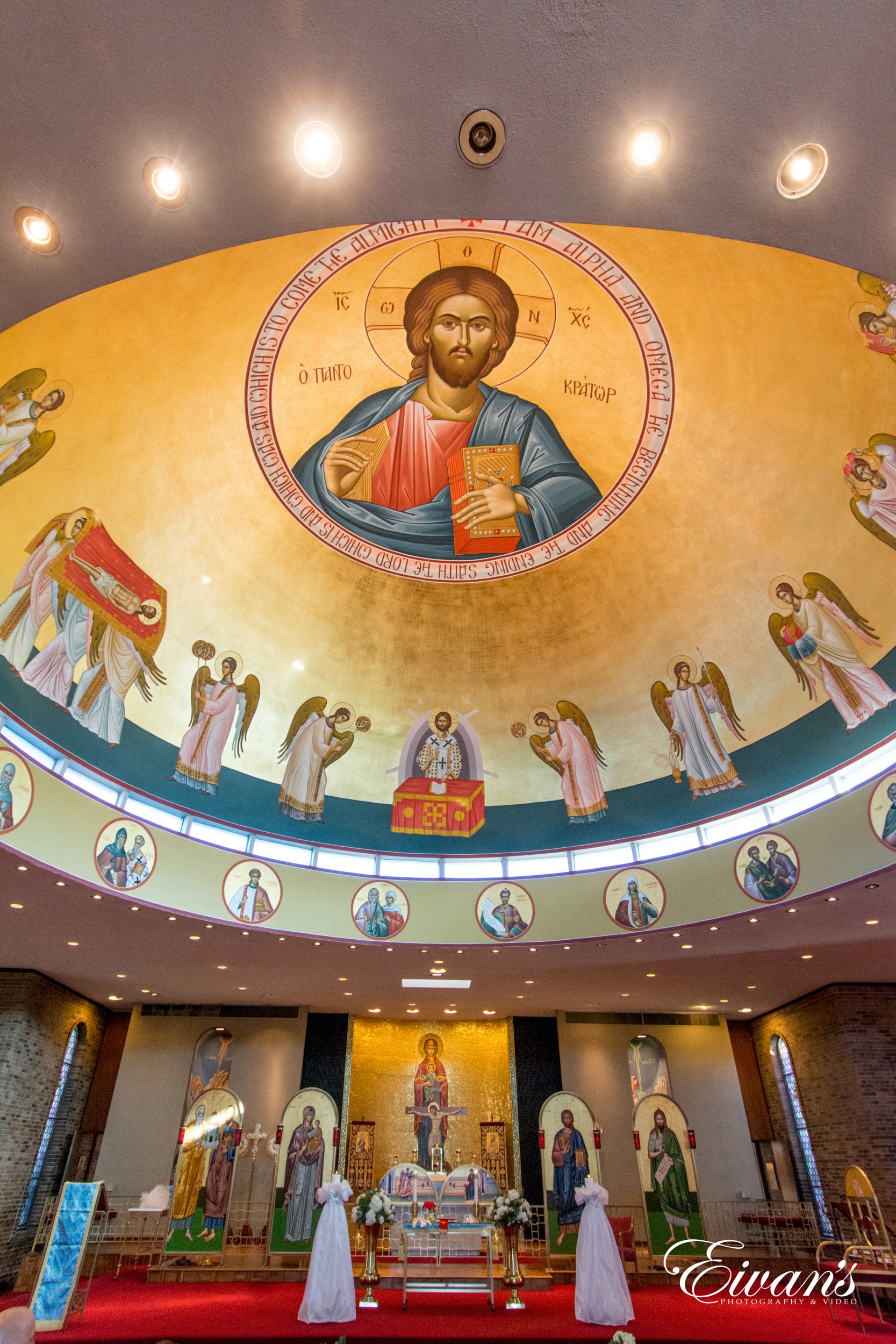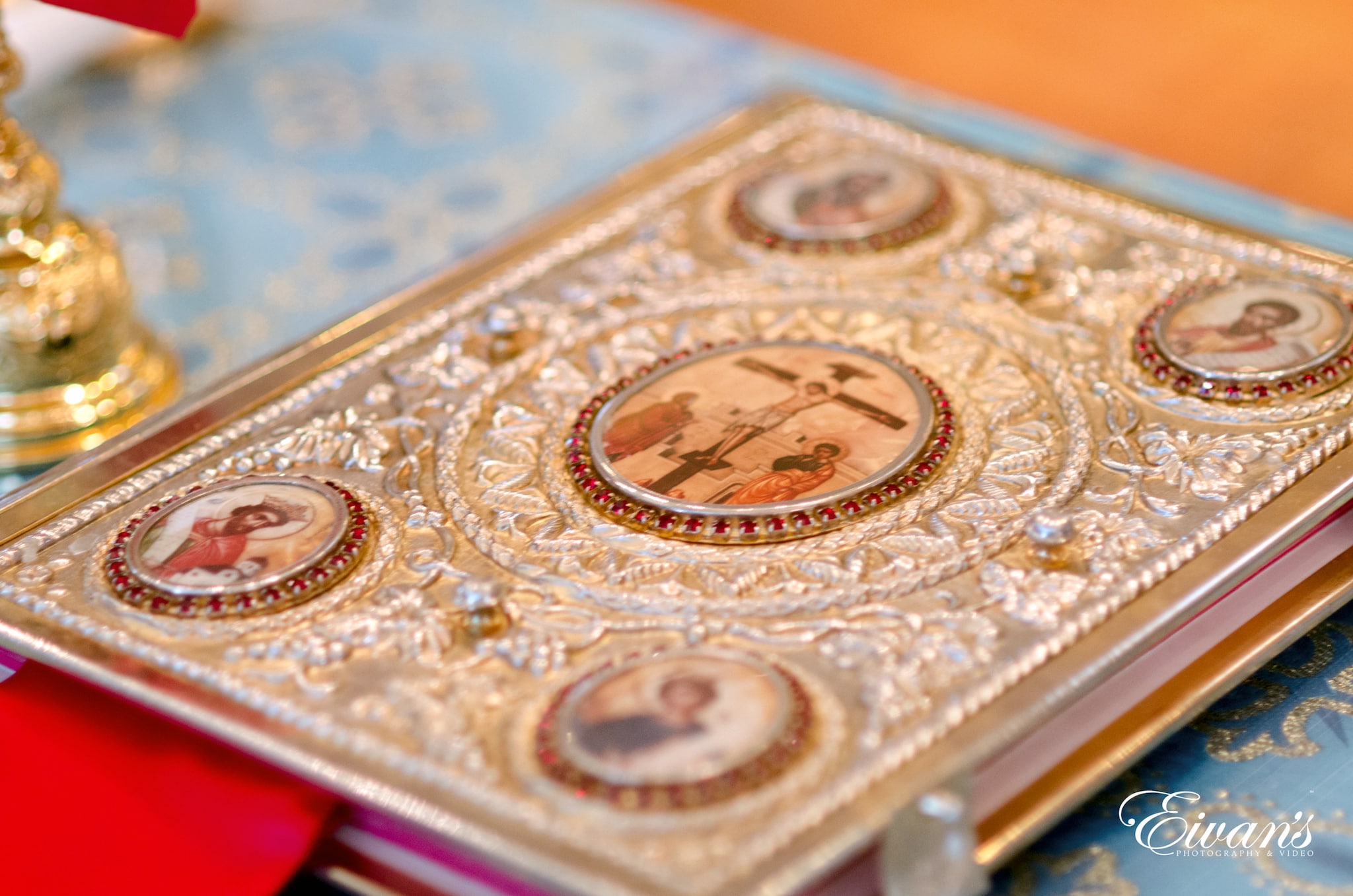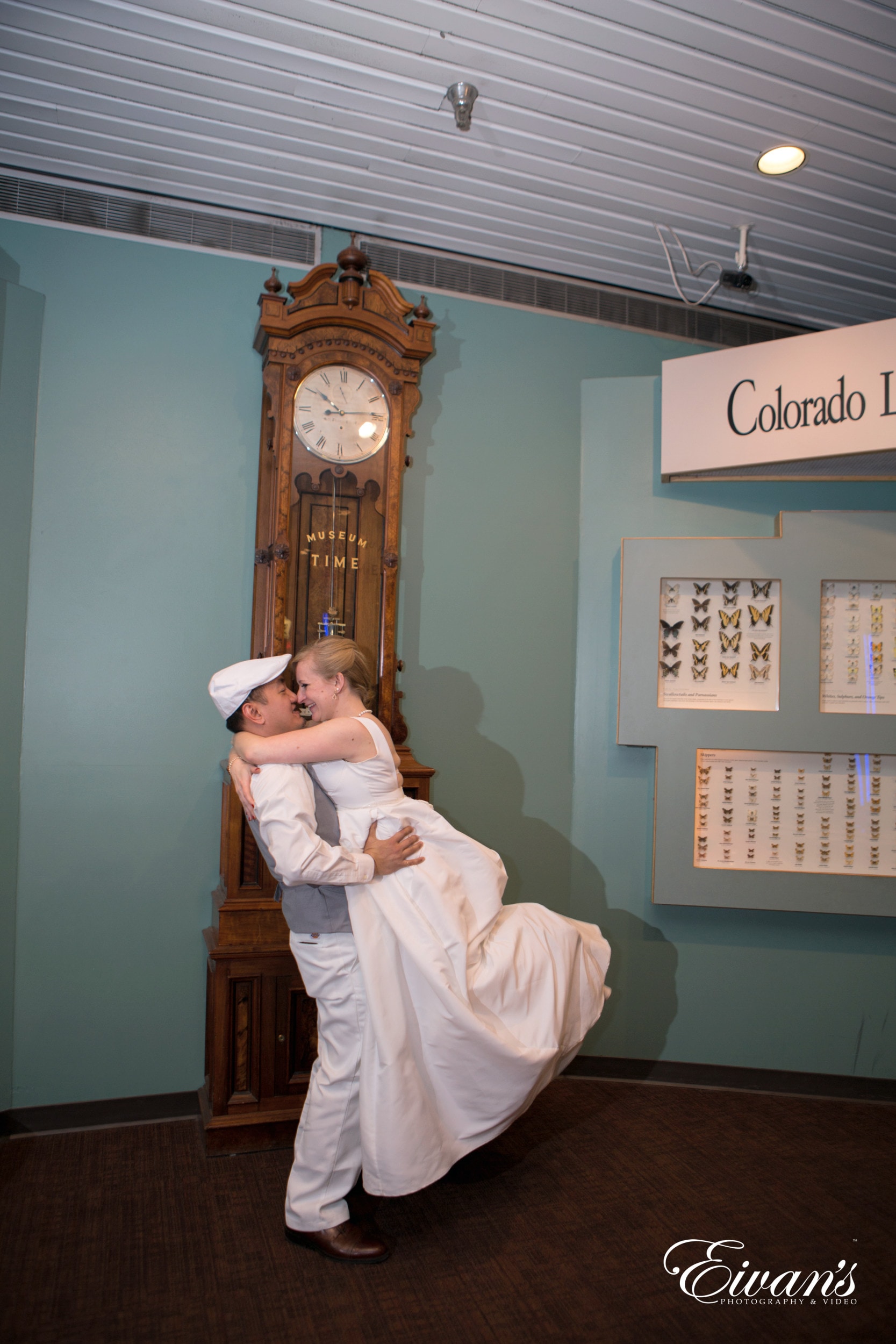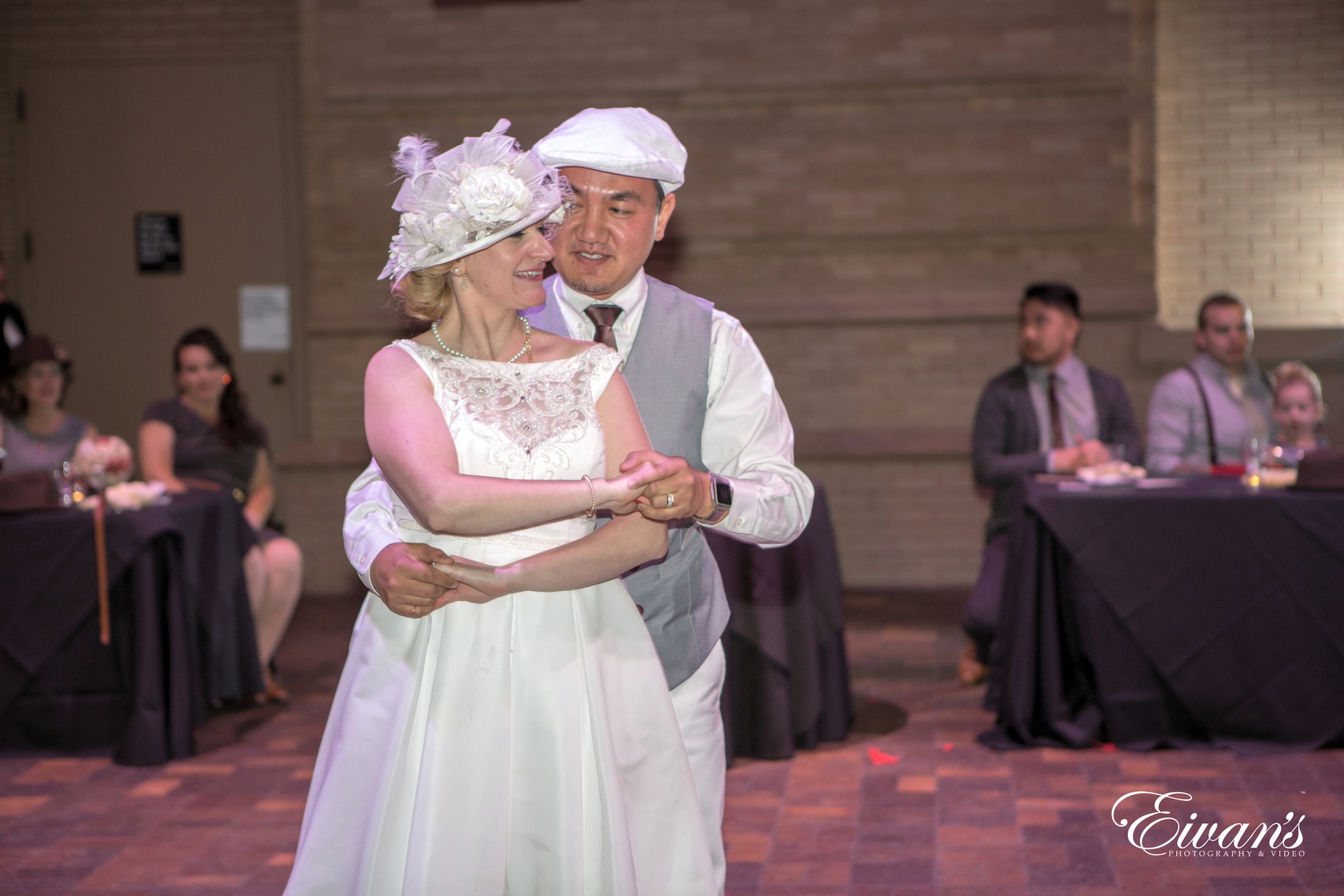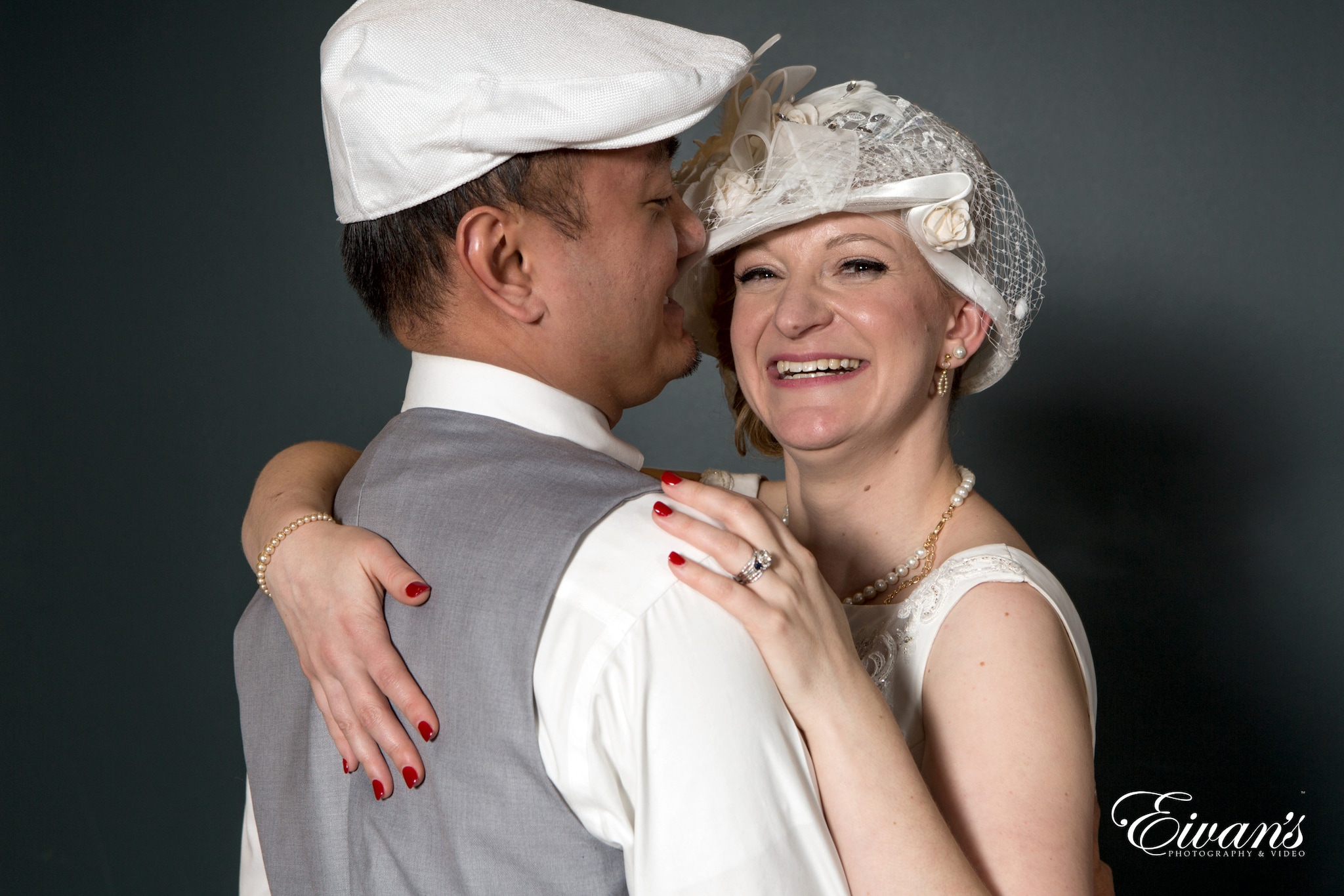Greek Wedding Traditions That Are Still Embraced In The 21st Century
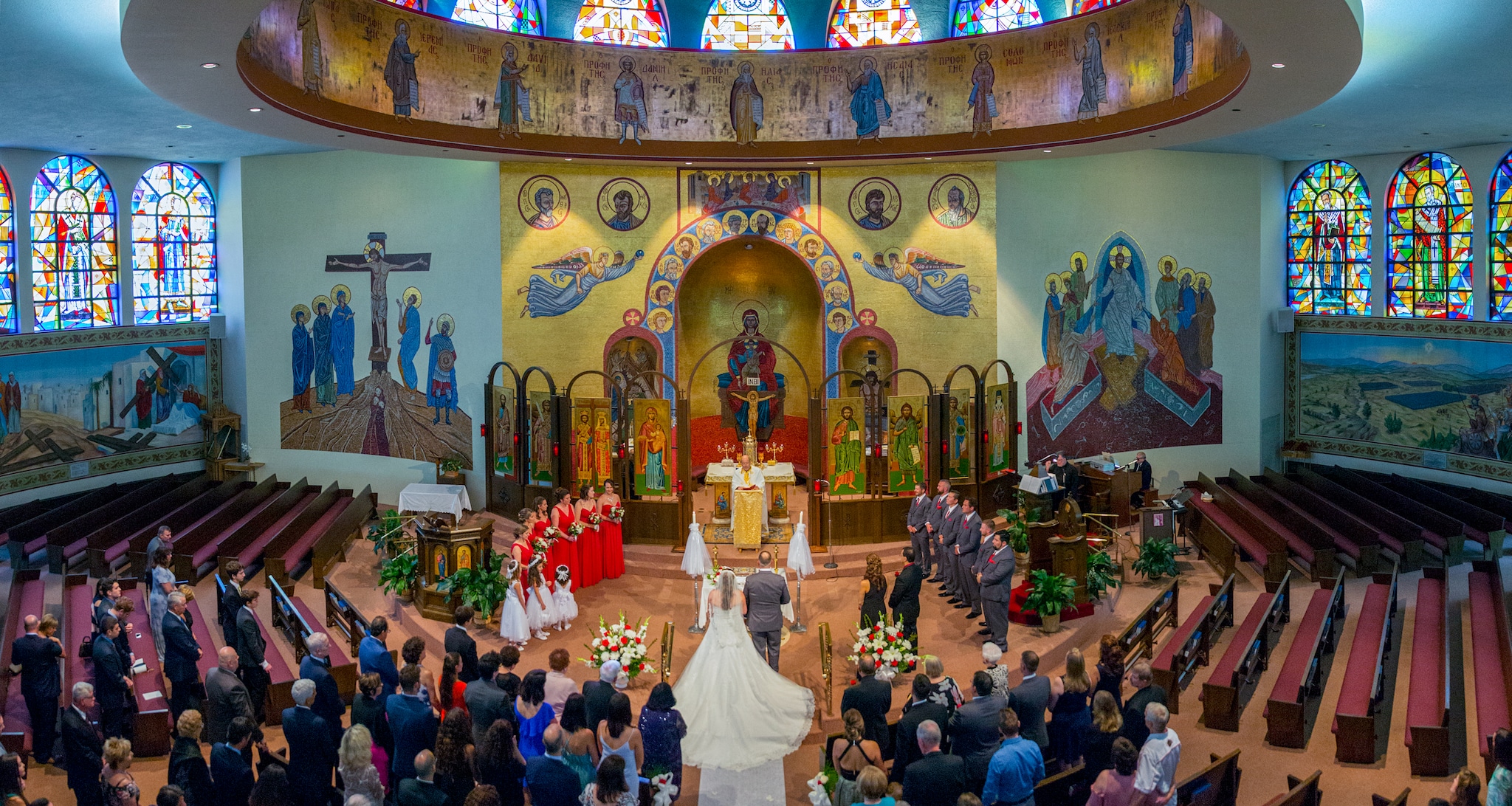
By Eivan’s Wedding Team ![]()
Greek weddings are unique and special due to their special traditions. Though many and with different variations, there is something beautiful about these weddings.
Majority of Greek weddings follow most of the traditions. These traditions are passed down their valuable heritage to their upcoming generations.
As wedding photographers, we get the chance to witness and document these beautiful Greek orthodox weddings across the United States.
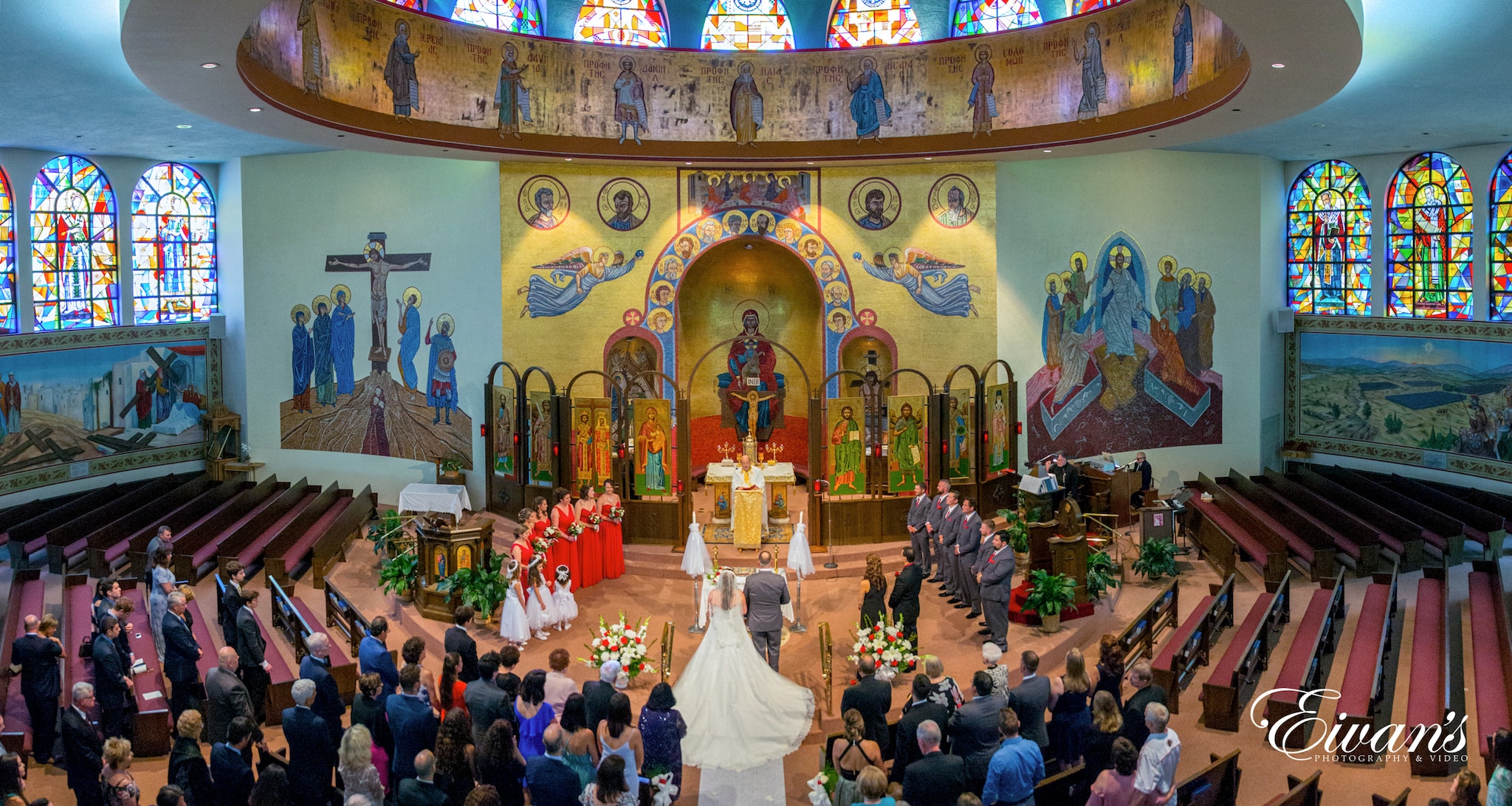
Here are some beautiful Greek traditions that are still embraced today
Prika tradition
(pre-kah)
This is where the mother of the bride buys beautiful items or makes them for her daughter’s future wedding.
These items include
- clothing
- embroidery
- crafts
- linens
and other household items. She then stores them in a large chest for many years until the big day arrives.
After the engagement happens, the time for Prika, or dowry, delivery draws close. In the days leading to the delivery of the dowry, they display it for visitors to admire it. Displaying Prika was to make others wish it’s their daughter getting married.
Today, the dowry has changed a bit. Most parents of the bride are giving a gift of a home or helping the couple with buying a new house.
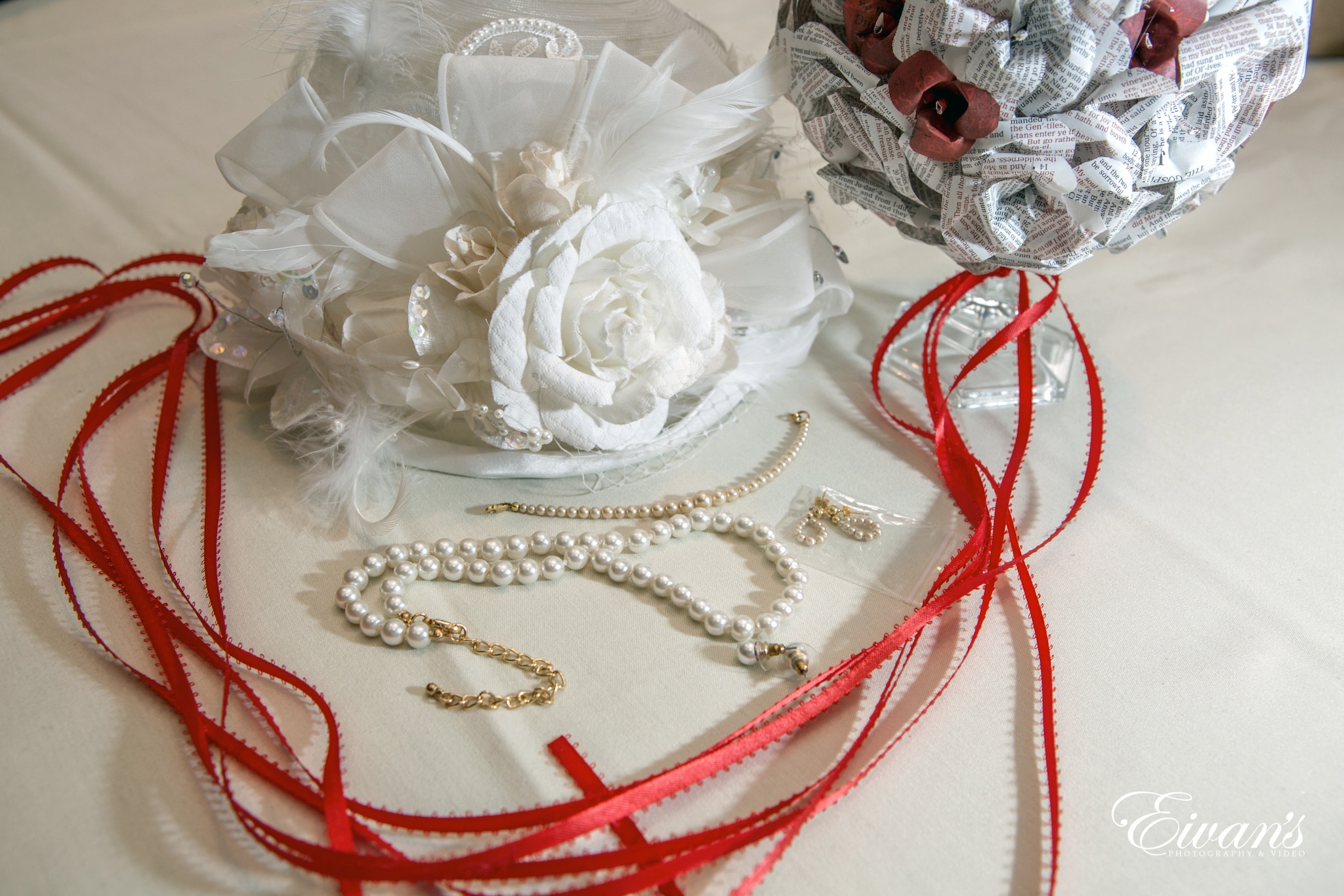
Engagement Ring
The Greek wedding ring is a gold band won on the left ring finger. The engagement ceremony is an important separate ceremony offering blessings to the couple.
After the engagement blessing, the groom gives the ring to his bride to be. The same ring is used as the wedding ring. It moves from the left to the right hand at the wedding ceremony.
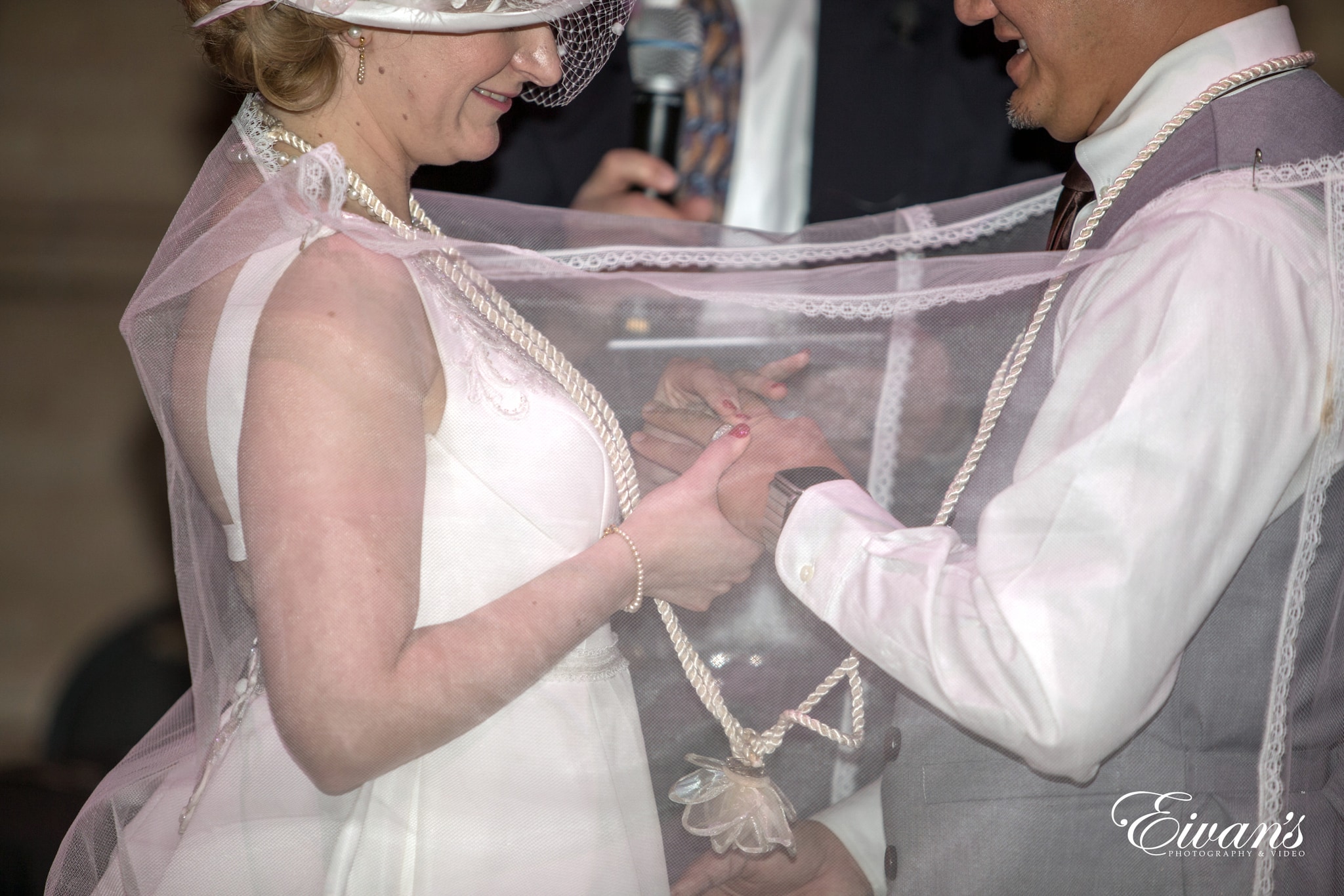
Wedding date
Setting the wedding date in the Greek culture is never overlooked. Even if you are planning a Greek orthodox church wedding, you must follow the culture. There are certain times of the year when Greek weddings cannot be take place at all.
These periods include
- Great Lent, the two weeks before the Dormition of the Theotokos on August 15
- Commemoration of the beheading of St. John the Baptist on August 29
- The elevation of the Holy Cross on September 14
- The 40 days leading up to Christmas
January is the best month to marry since it is the month dedicated to Hera, the goddess of marriage and fertility.
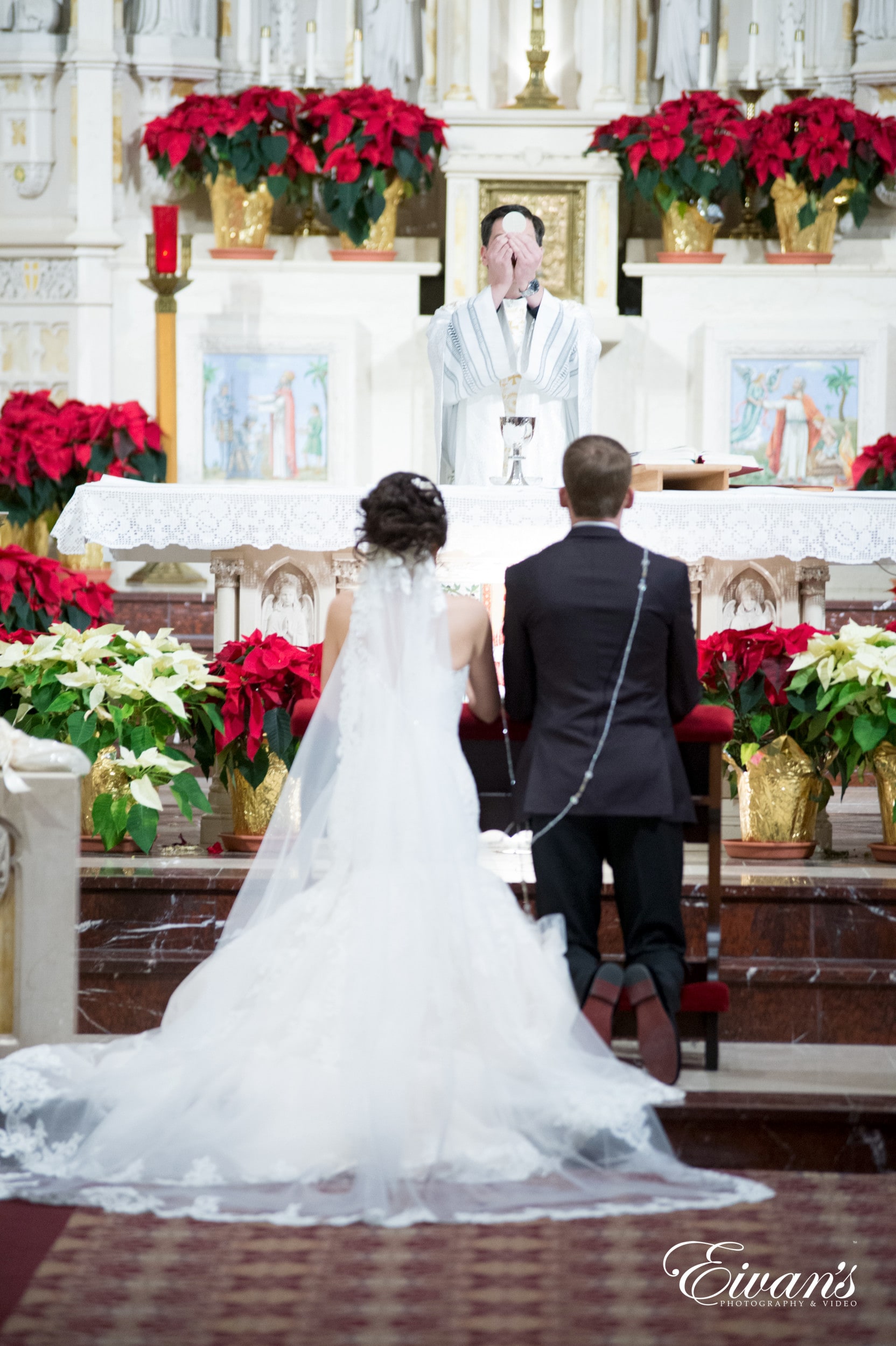
The Wedding Day
Sunday is the best for most traditional weddings but most couples choose Saturday. Today, most choose to marry on weekdays. Dowry or Prika is delivered the Thursday before the Sunday wedding.
The Koumbaro and Koumbara
The best man or maid of honor known as the sponsors of the wedding according to the custom are not picked. The groom’s godparent is first asked then the bride’s godparent. If either of them are not able do it, then close friends and family members.
The roles of Koumbaro and Koumbara are very serious. They take part in the wedding ceremony and baptizes the newlyweds first child later on in life. In Greek customs, this is a huge responsibility.
Preparing the marital bed
The Koumbaro and Koumbara are also responsible for preparing the marital bed. There is a party that invites both family and friends to make the bed at the soon to be couple’s home.
This is a symbol of good luck and fertility. After the marital bed is ready, money, rice, flowers and koufeta are spread on top.
The wedding shoes custom
It is the responsibility of the groom to buy the bride’s shoes. The Koumbaro delivers them before the wedding day. The bride pretends the shoes are not fitting well as a traditional trick. The best man puts in some coins in the shoes for good luck and to help them fit better.
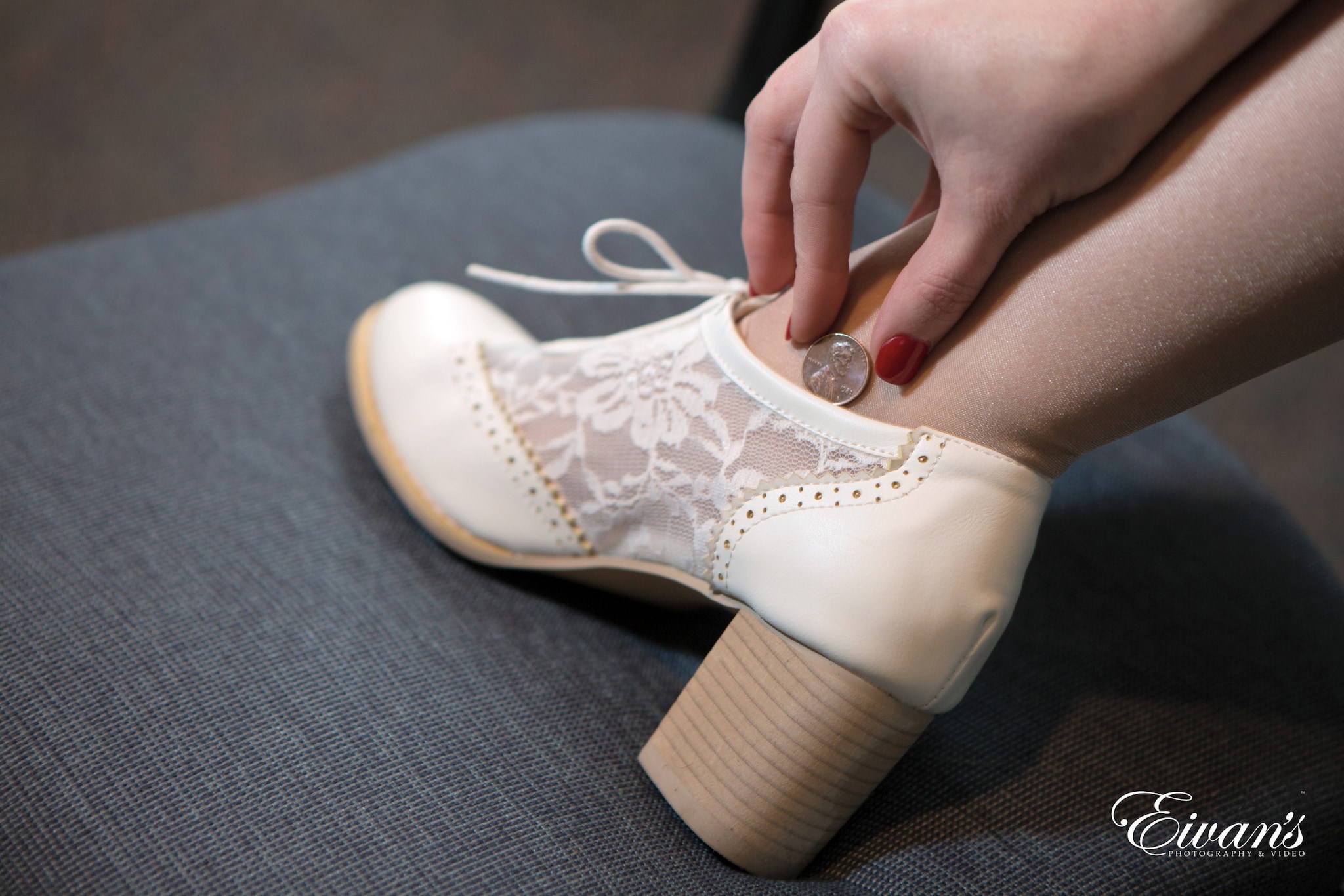
The Wedding day traditions
For the groom
The best man or Koumbaro should shave the groom’s head as part of the wedding dressing tradition. A red sash drapes around the grooms waist. The kapnistiri ceremony takes place both in the bride’s and groom’s house using a censor to bless them.
For the bride
The best maid or Koumbara leads all the bridesmaids to help dress the bride for her big day. The single ladies names are written on the soles of the bride’s shoes as a sign of good luck.
The names that wear off at the end of the day are lucky to get married next. The Stolisma is the Cypriot dressing tradition. It includes the wrapping of a red sash around her waist to represents fertility.
As the bride is leaving her parents home, they break a large nifopsomo, or wedding pretzel over her head. They also give those in attendance a piece to wish the bride a happy health, marriage and wealth.
In Greece, traditional songs are performed by a band for the bride and groom separately in their procession to the church. The groom always arrives earlier than the bride and waits outside for her arrival. Before she walks down the aisle, the groom gives his bride a bouquet of flowers. The bride’s father or brother gives her to her groom outside the church.
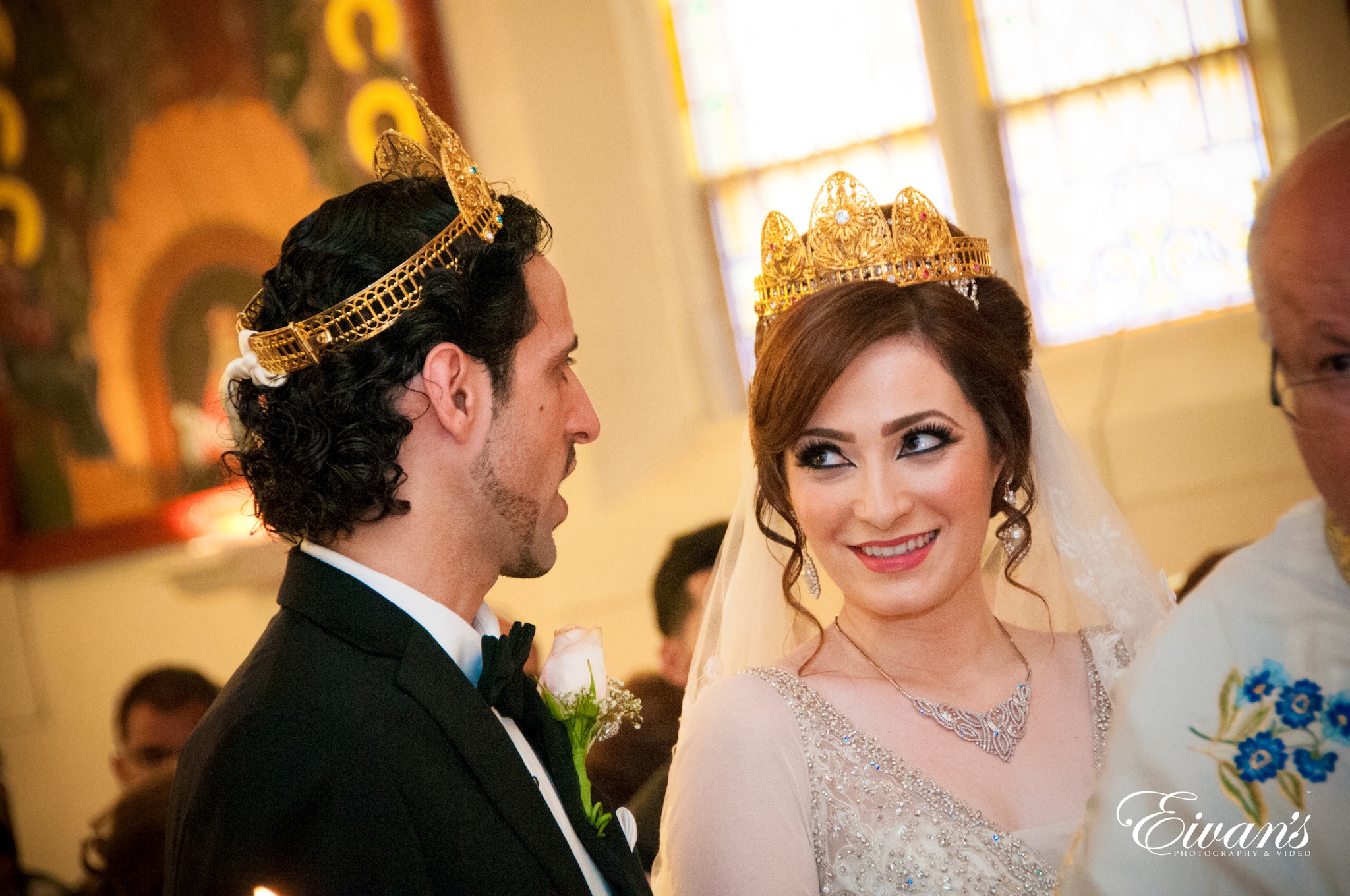
The Traditional Greek Wedding Ceremony
The ceremony begins with blessing the couple’s engagement rings. The betrothal service recognizes the engagement of the couple.
The priest blesses the rings as the official wedding band. He also blesses the groom and bride three times. The wedding crowns or stefana have a a ribbon that links them symbolizing a union of two people. They are placed on a table in front of the bride plus the rings, a Bible and wine.
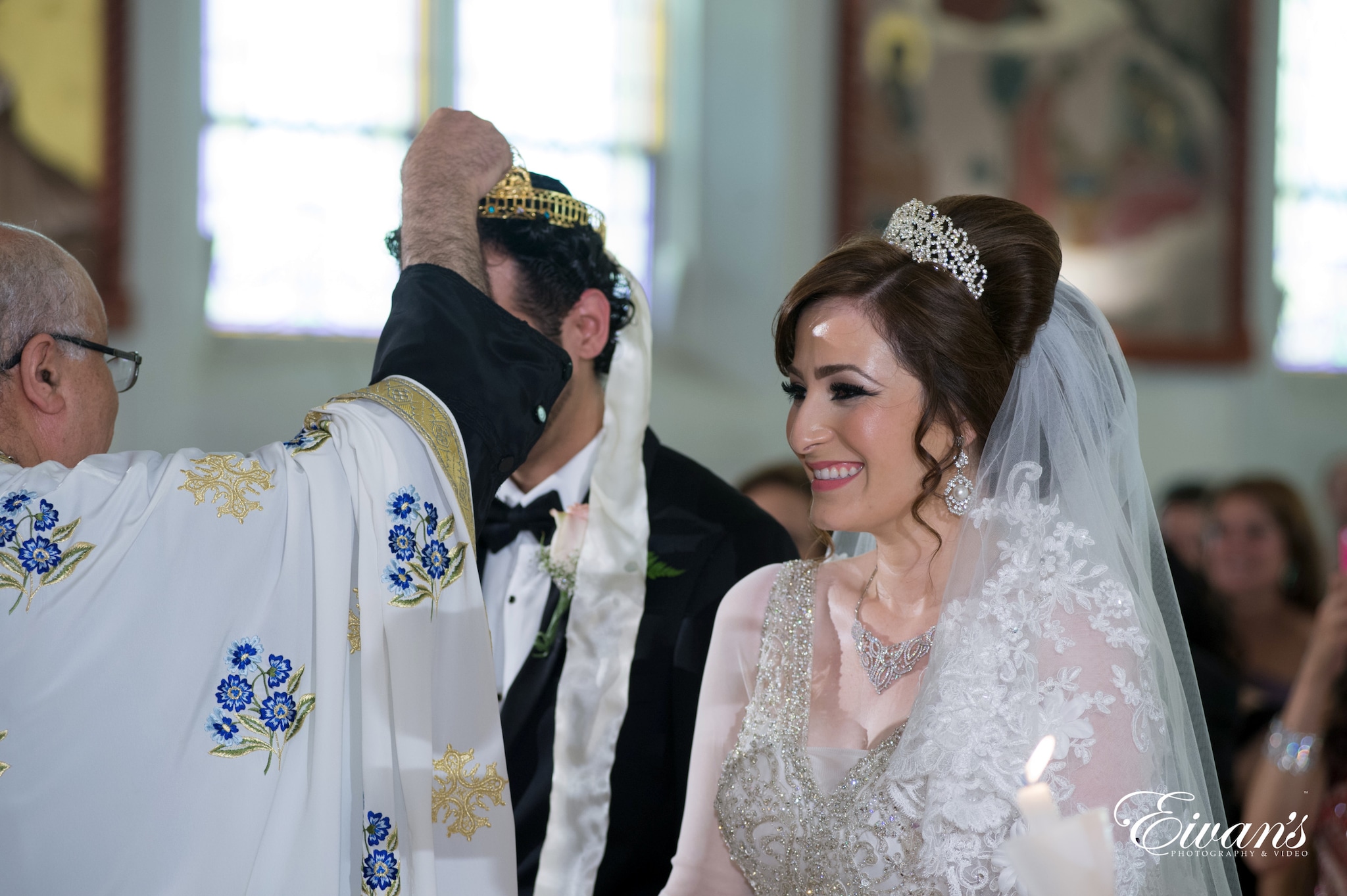
The Koumpara and Koumparos exchange the rings three times and swap the stefana as well. This happens before placing them on the couple’s heads. This is a symbolic demonstration of the couple and the Koumparos bonding.
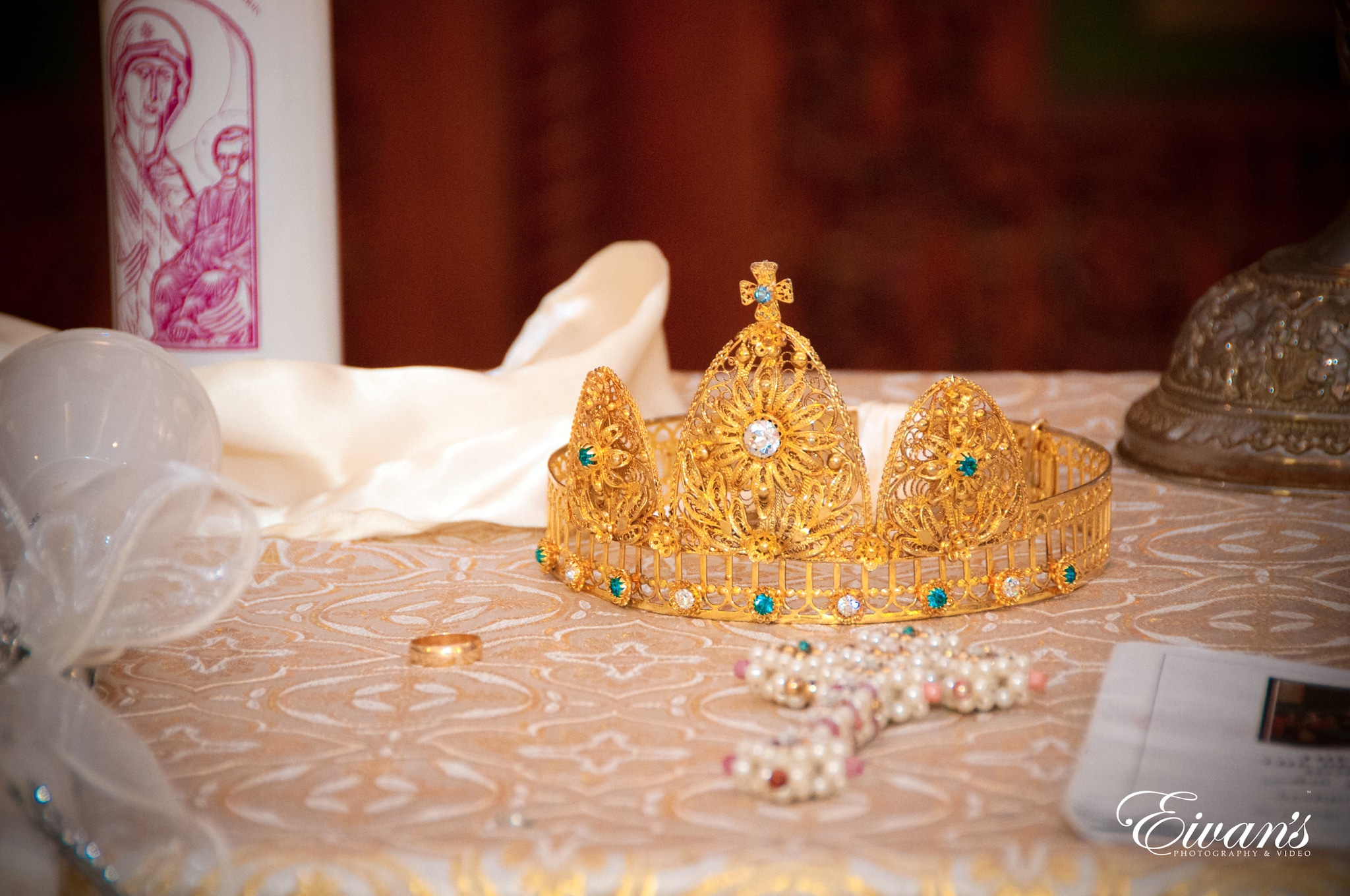
The priest joins the couple’s right hands and blesses the stefana. It is tradition for the priest to read the Gospel of the Wedding in Cana.
Afterwards, he will pour wine into a single cup and give it to the couple. They take three sips each from the same cup. This symbolizes their commitment to sharing their life together forever.
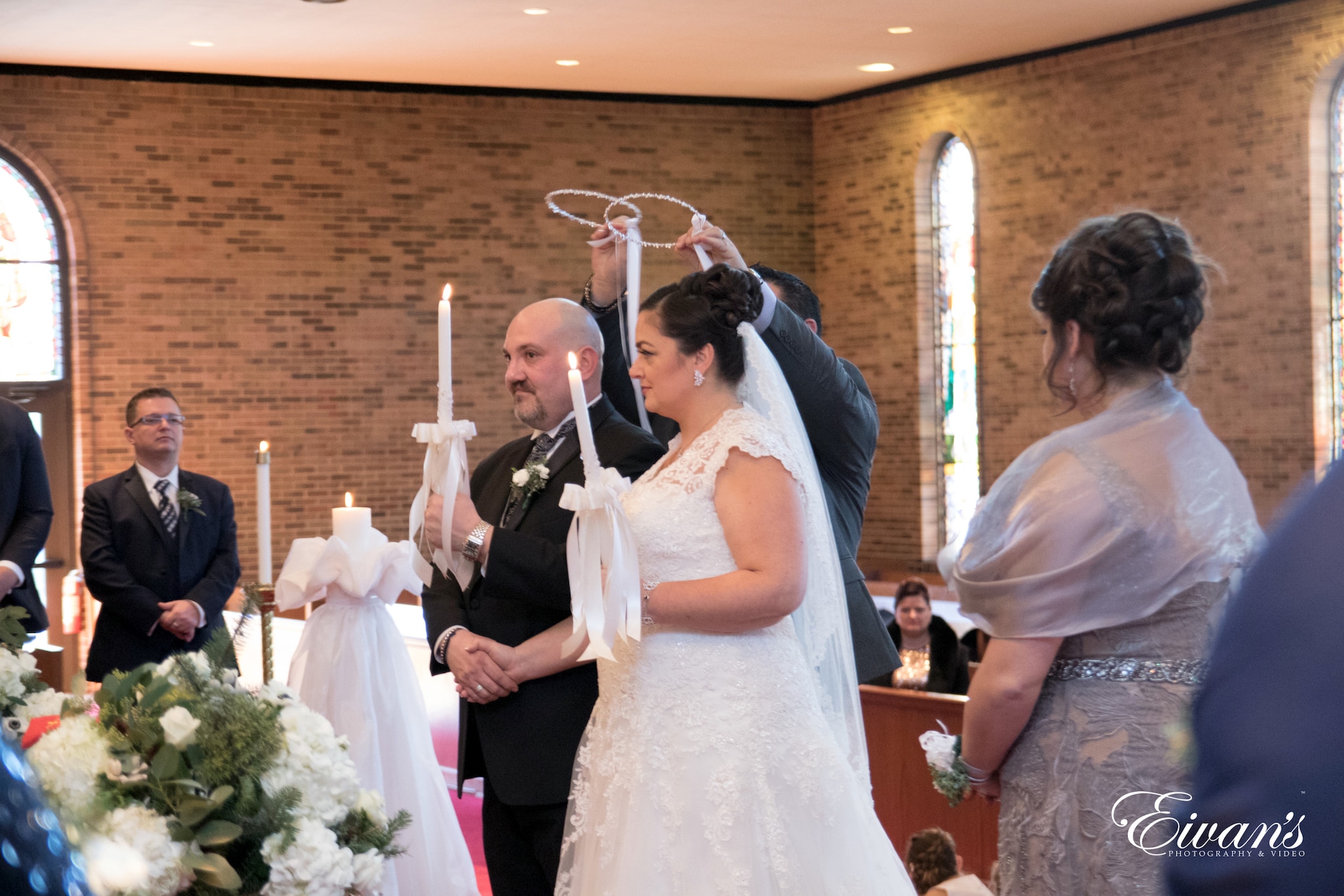
The priest will proceed to read from the Epistle of St.Paul to the Ephesians. This is to emphasize the union of the couple as one. After the priest gives the final blessing, the stefana is removed. The dismissal prayer concludes the ceremony.
The bride and groom plus their wedding party line up by the church exit to greet their guest. Rice and flower petals thrown to the newlyweds is symbol of wealth and fertility. The number of koufeta is odd which is a sign of the couple’s life together cannot be divided into half.
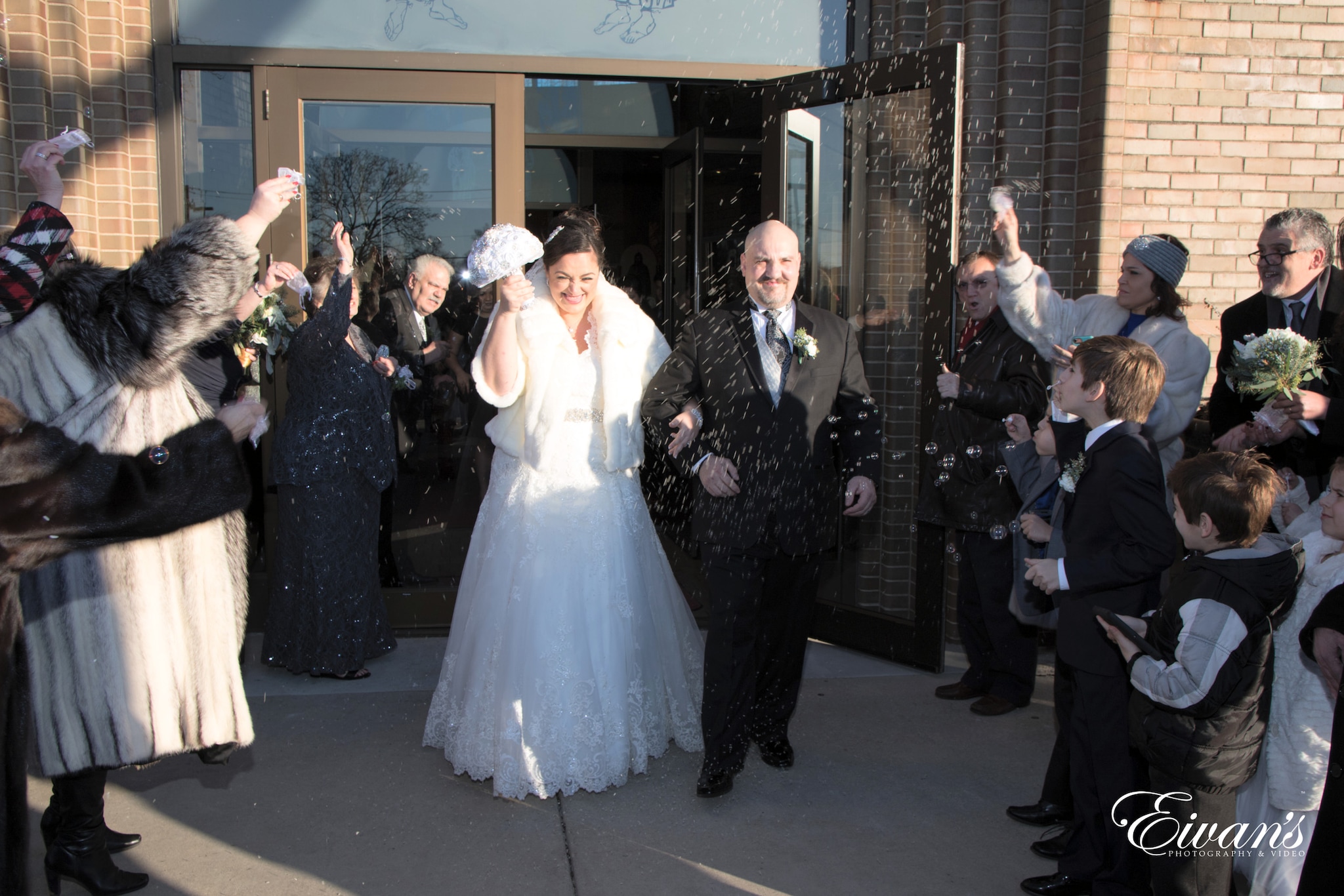
At the wedding reception, the couple gets the honors to open the dance floor with their first dance. Parents and closest relatives also take turns dancing. Pinning money on the newlyweds is popular as a traditional wedding gift.
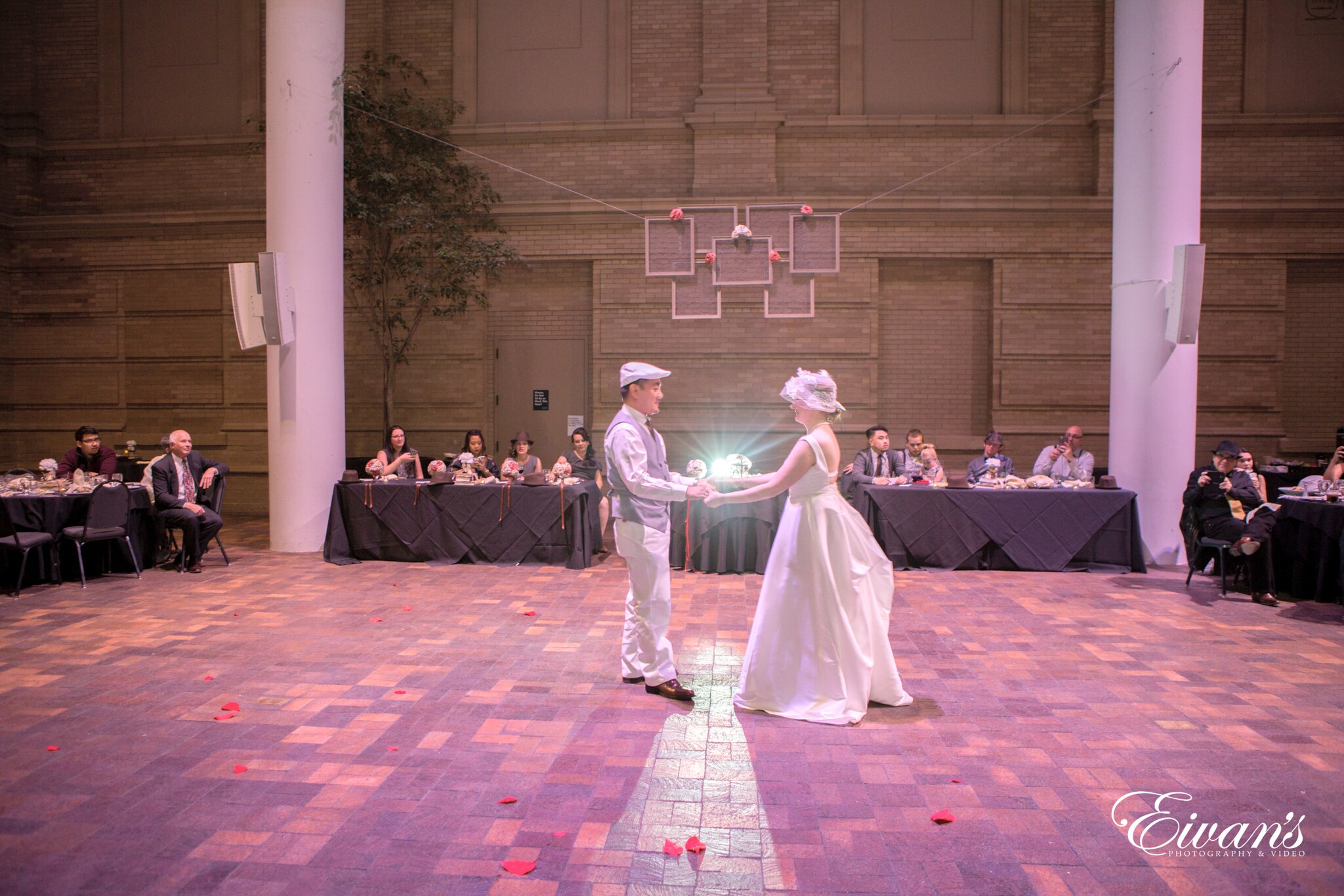
Greek weddings can last for days. “My big fat Greek wedding was full of rituals and symbolism. In all that, everything meant something to us creating unforgettable memories.” A Greek newlywed bride remark.
